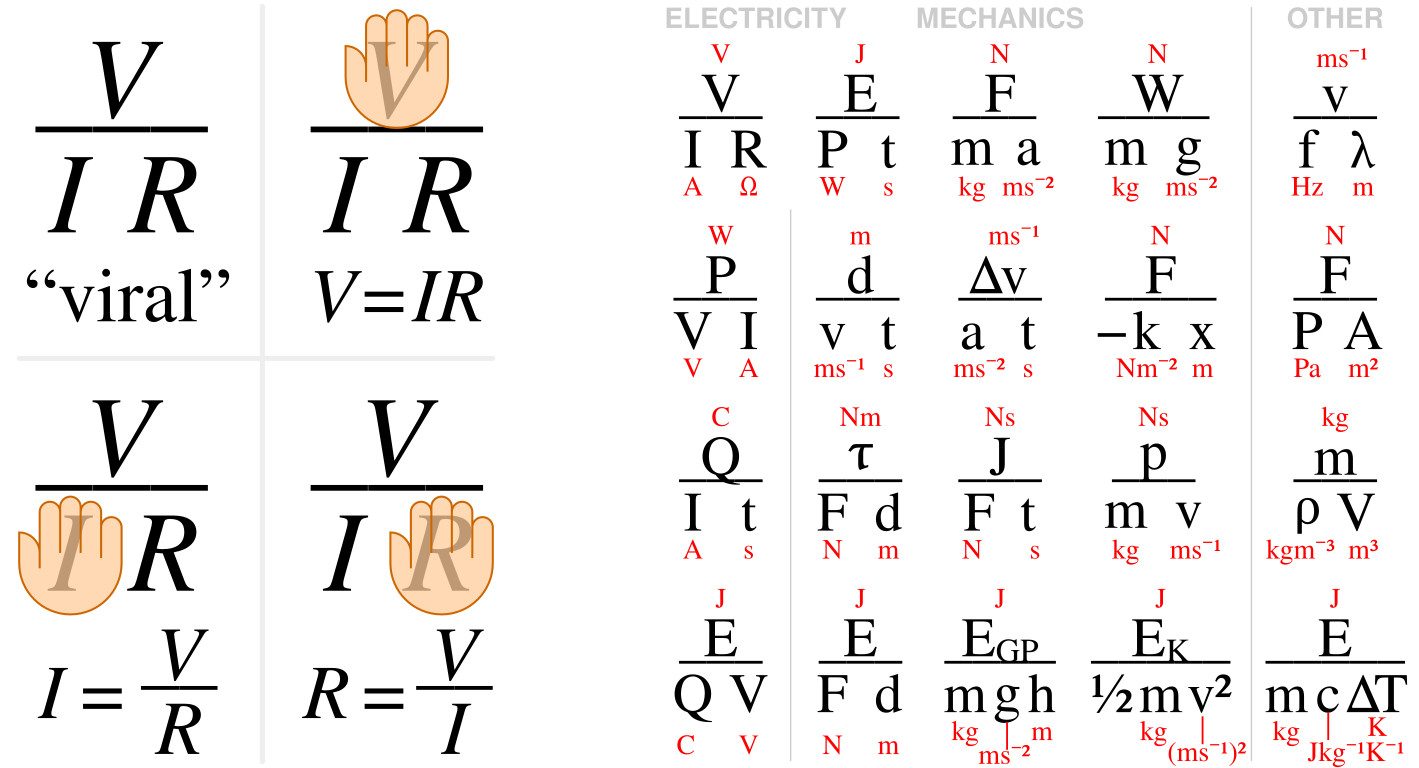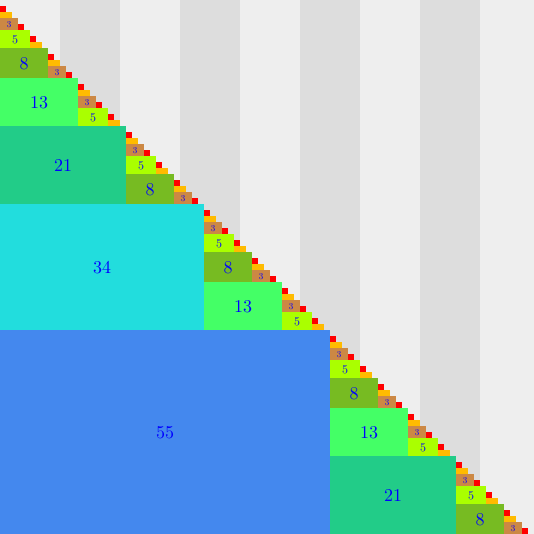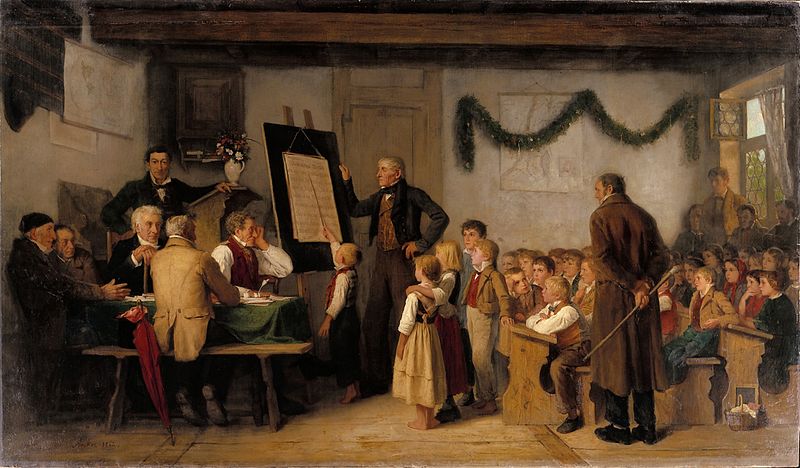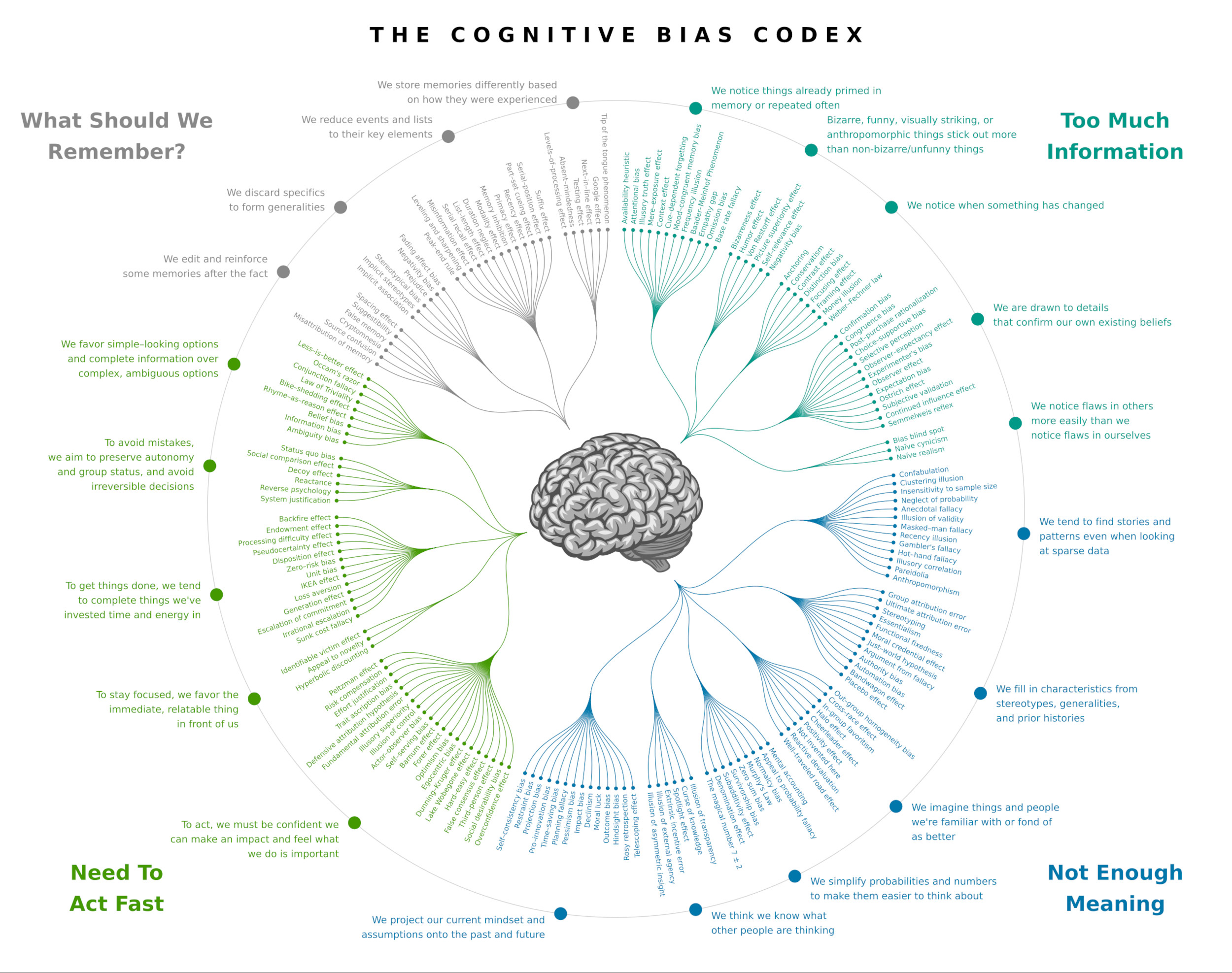If you’re driving on the highway and pass a car traveling in the opposite direction, the frequency of its engine noise seems to drop. In 1980, Liverpool Polytechnic mathematician J.M.H. Peters realized that this pitch drop might be used to estimate the speed of the passing vehicle. Pleasingly, he discovered that each semitone in the interval corresponds to 21 miles per hour (to within 2 percent). If the other car’s engine seems to descend a whole tone in pitch as it passes you, then it’s traveling at approximately 43 mph; if it drops a minor third then it’s traveling at 64 mph; and so on.
“The reader should practise by humming a given note pianissimo increasing gradually to fortissimo at which point the hum is lowered by a chosen interval, … diminishing again to pianissimo, this being meant to imitate the effect of being suddenly passed on a quiet country lane by a fast moving high powered motor vehicle.”
(J.M.H. Peters, “64.8 Estimating the Speed of a Passing Vehicle,” Mathematical Gazette 64:428 [June 1980], 122-124.)
03/03/2025 UPDATE: My mistake — the observer is stationary, not moving. Thanks to readers Seth Cohen and Jon Jerome for pointing this out. The cited paper is behind a paywall, but the Physics Stack Exchange had a discussion on the same topic in 2017.






